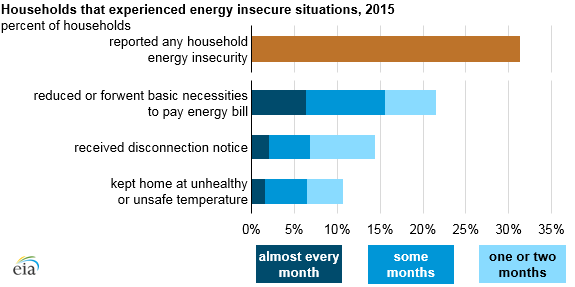Households in Republican-leaning states are bracing for staggering increases in energy costs, with reports indicating that some families could see their bills rise by over $600 annually. This alarming trend follows the passage of the so-called ‘big, beautiful bill’ by Republicans, which has effectively gutted support for renewable energy sources like wind and solar. As summer heatwaves sweep the nation, the consequences of this legislation become increasingly dire for already vulnerable communities.
Energy Costs Surge Amid Climate Crisis
As summer temperatures soar, the demand for electricity is reaching unprecedented levels. Yet, the legislation signed by Trump on July 4 has placed a heavy burden on households, particularly in states that supported his presidency. According to analysis by Energy Innovation, electricity rates could surge by as much as 18% by 2035, with rural areas and low-income families facing the brunt of this increase.
Republican Policies Hit Households Hardest
Missouri is projected to experience the highest spikes in energy costs, with bills expected to rise by a staggering $640 per year. Other states like Kentucky, South Carolina, Oklahoma, North Carolina, and Texas will also see significant increases. This is particularly troubling given that many households in these areas already struggle with energy insecurity. A report from the New York Times highlights that more than 34 million households across the U.S. reported difficulties in paying their energy bills in 2020.

AI for Energy | Department of Energy
Impact on Vulnerable Communities
The ramifications of rising energy costs extend beyond mere dollars. For low-income families, even a $10 increase in monthly bills can lead to difficult trade-offs, such as forgoing medication or nutritious food. As noted by Michelle Graff from the Georgia Institute of Technology, “Lower-income people, as well as those who are Black, Hispanic, elderly, have young children or live in poorly constructed and badly insulated homes, are most at risk.” This demographic, often overlooked in policy discussions, finds themselves in a precarious position as energy costs soar.
Federal Assistance Programs Under Threat
In a move that exacerbates the situation, the Trump administration is seeking to eliminate critical programs like the Low Income Home Energy Assistance Program (LIHEAP), which supports approximately 6 million households. Such cuts come at a time when assistance is desperately needed. As reported by the Washington Post, the reconciliation bill not only strips away subsidies for renewable energy but also dismantles support for energy-efficient home upgrades, leaving families with fewer options to mitigate rising costs.

One in three U.S. households faces a challenge in meeting energy needs ...
The Dire Need for Climate Action
The current trajectory is alarming, especially as extreme heat becomes the leading weather-related cause of death in the U.S. Diana Hernandez from Columbia University warns that power shut-offs due to non-payment can have deadly consequences, particularly during intense heatwaves. Many states allow utilities to cut off power during extreme weather, creating a lethal cycle of energy insecurity. The urgency for comprehensive climate action and policies that prioritize renewable energy over fossil fuels has never been more apparent.








